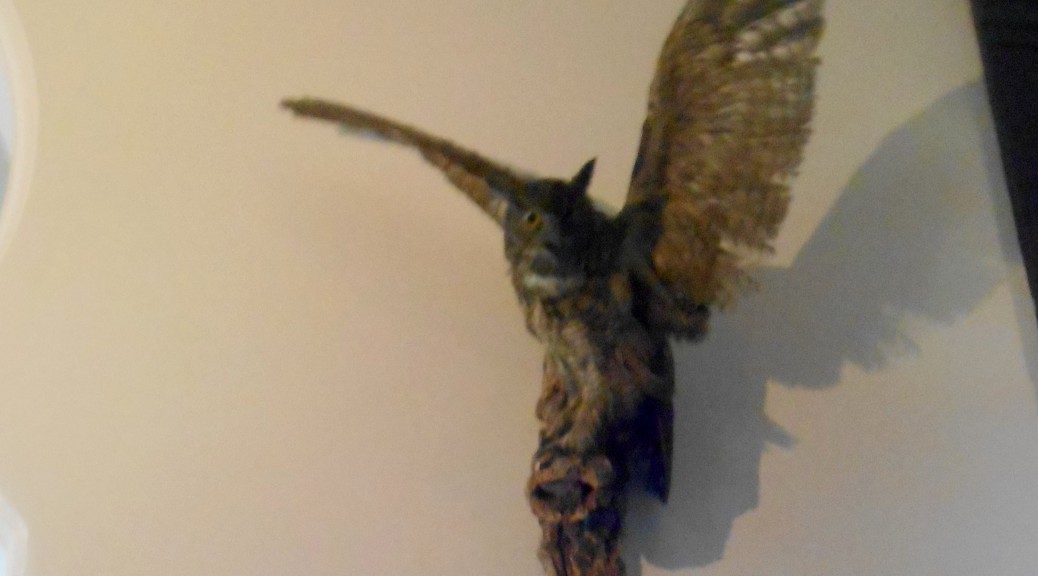
Bubonic plague is a zoonotic disease, circulating mainly in fleas on small rodents, … Without treatment, the bubonic plague kills about two thirds of infected humans within four days. http://en.wikipedia.org/wiki/Bubonic_plague The bubonic plague mainly affects rodents, but fleas can transmit the disease to people. Once people are infected, they infect others very rapidly. Plague causes fever and a painful swelling of the lymph glands called buboes, which is how it gets its name. The disease also causes spots on the skin that are red at first and then turn black. http://www.themiddleages.net/plague.html

The Black Death arrived in Europe by sea in October 1347 when 12 Genoese trading ships docked at the Sicilian port of Messina after a long journey through the Black Sea. The people who gathered on the docks to greet the ships were met with a horrifying surprise: Most of the sailors aboard the ships were dead, and those who were still alive were gravely ill. They were overcome with fever, unable to keep food down and delirious from pain. Strangest of all, they were covered in mysterious black boils that oozed blood and pus and gave their illness its name: the “Black Death.” The Sicilian authorities hastily ordered the fleet of “death ships” out of the harbor, but it was too late: Over the next five years, the mysterious Black Death would kill more than 20 million people in Europe–almost one-third of the continent’s population. http://www.history.com/topics/black-death

Synonyms
- Black Death
- Black Plague
- http://www.webmd.com/a-to-z-guides/bubonic-plague
Social Effects
- The marriage rate rose sharply — in part due to predatory men marrying rich orphans and widows.
- The birth rate also rose, though recurrences of the plague kept population levels reduced.
- There were notable increases in violence and debauchery.
- Upward mobility took place on a small scale.
- http://historymedren.about.com/od/theblackdeath/p/blackdeath.htm
Many people touched by the plague moved away from medieval cities and towns to unaffected areas. (negative impact)
On the positive side, some landlords began to concentrate on improving the fertility of the soil.
… in the cities, the declining population of workers meant that masters sought out new ways to produce which required less manpower…to construct labor saving machinery….produced a greater need for technological innovation. http://www.historyguide.org/ancient/lecture30b.html
The population around 1300 in England was around 5 million, in 1400 (dropped)5 million, — 1630 the population reached again 5 million. …
Plague caused huge social changes throughout Europe, there were less people to work the lands and those that survived had more wealth between them. .. Such drops in output caused grain prices to rise, and peasants were in higher demand for their labour and attain(ed) higher wages. http://www.themcs.org/black%20death.htm
and items of worth
CHEROKEE CHIEF BANDOLIER BAG (1846) $100,000

Don’t forget my store–just click
BREGUET WATCH W/FOB 1805 $30,000-$35,000

When people figured out that the Black Death was airborne, they began to visit—or even live—in foul-smelling sewers. It was thought that the sharp stench of rotting human waste would discourage the cleaner (but disease-ridden) air from coming near and infecting them. http://listverse.com/2013/01/21/10-crazy-cures-for-the-black-death/

Disasters are called natural, as if nature were the executioner and not the victim.—-Eduardo Galeano

You’ve great writing skills. I enjoyed your articles.